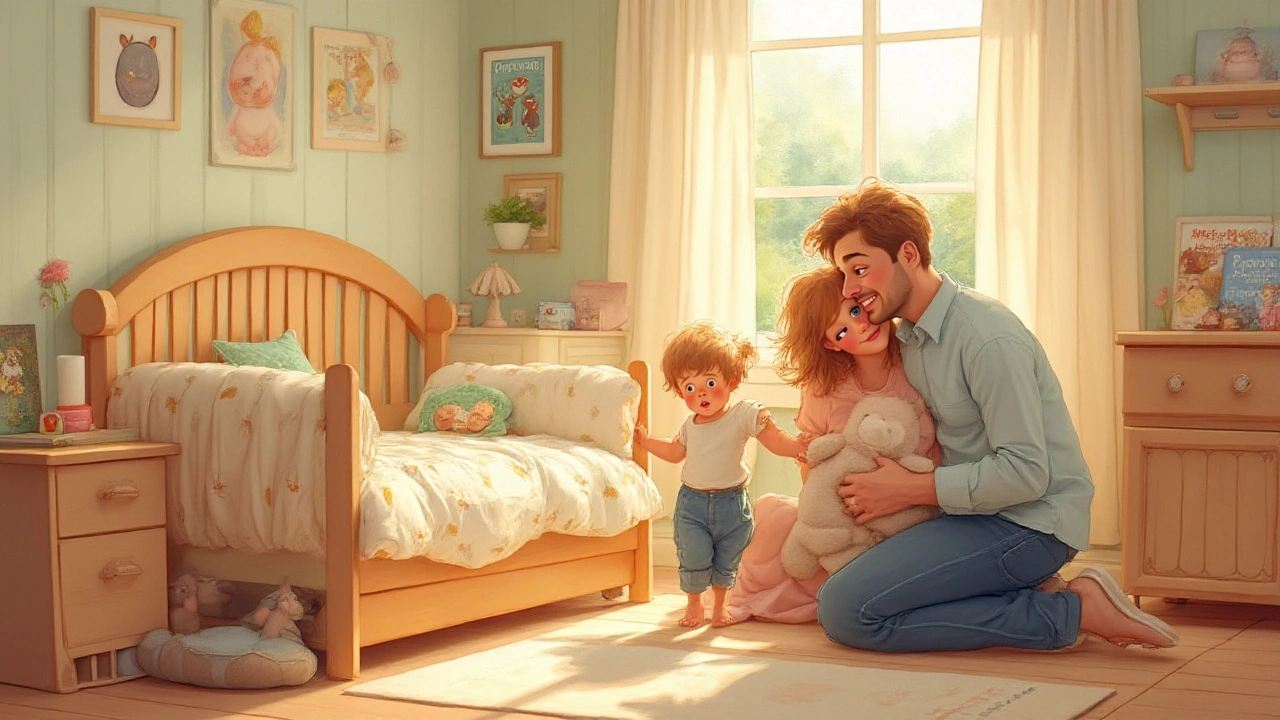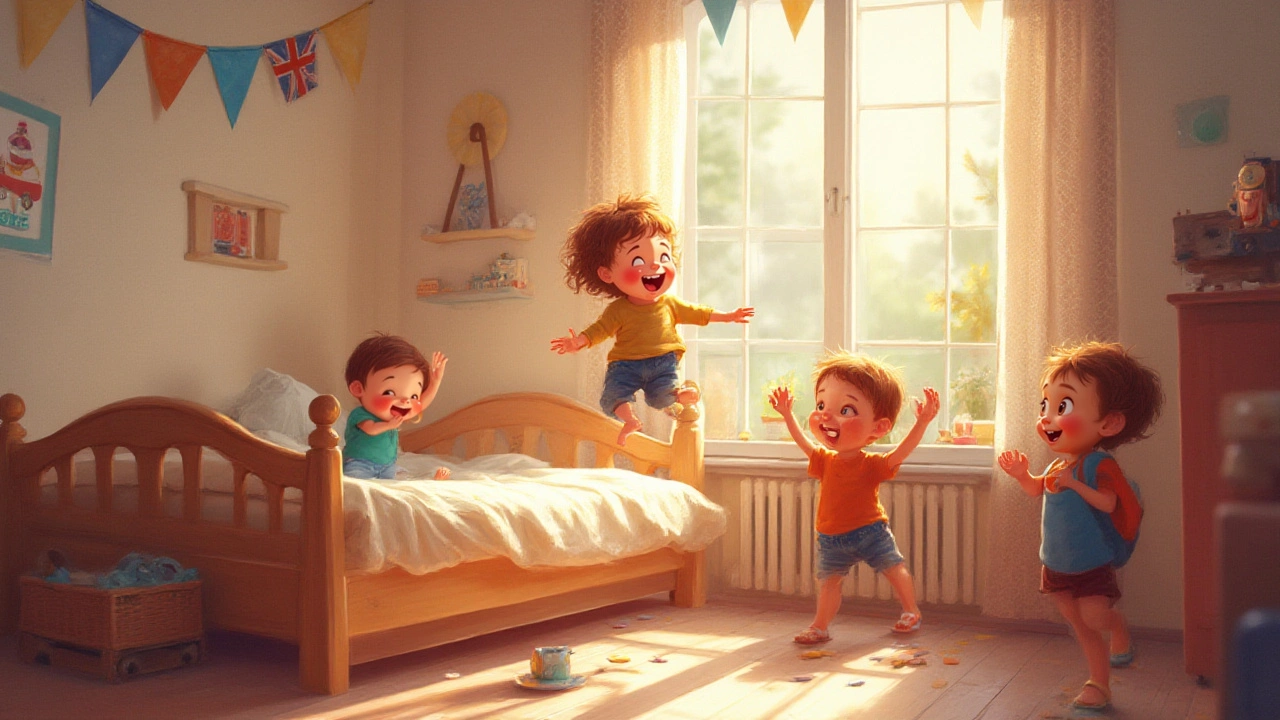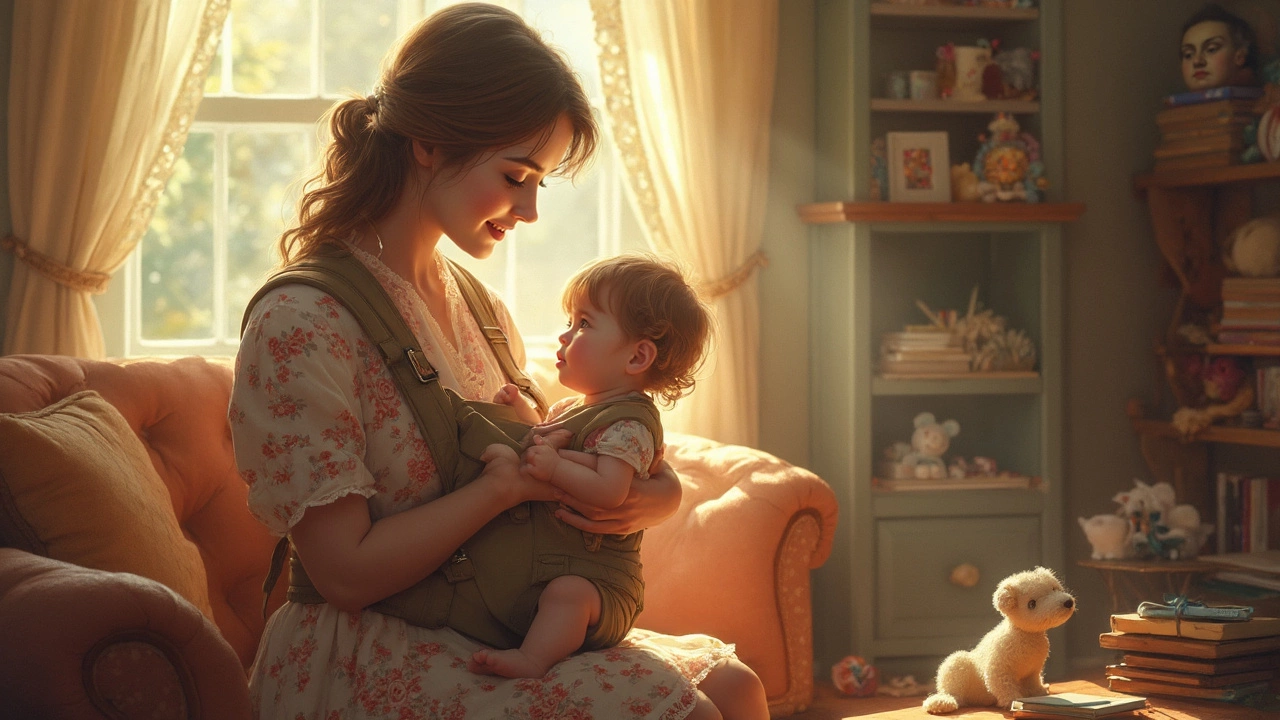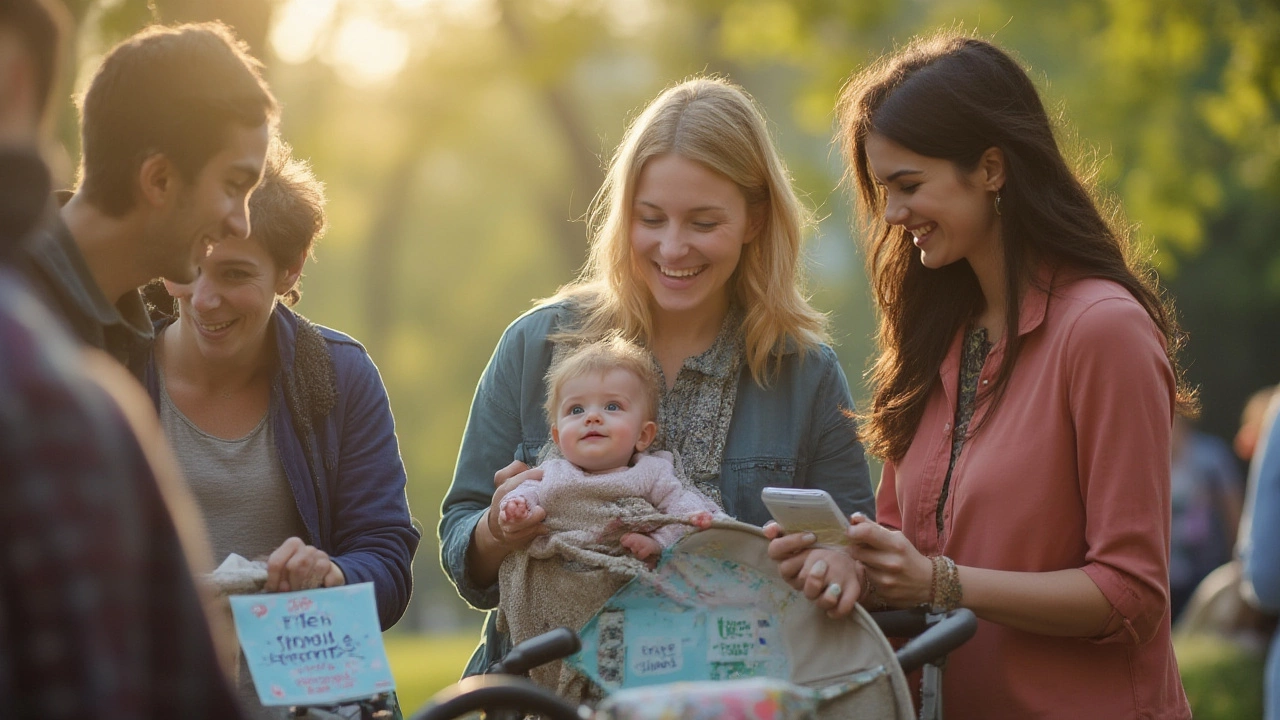When to Move Your Toddler from a Crib to a Bed: Timing, Signs, and Tips

Did you know the average toddler can climb out of their crib well before they even turn three? Yep, those chubby legs can be sneakier (and more determined!) than you think. Families everywhere debate this transition, asking themselves: when do you know it’s safe—and smart—to move your toddler from a crib to a bed? You’re not alone. This milestone feels big, partly because it is: sleep, safety, and even your own sanity are on the line.
How Do You Know Your Toddler Is Ready for a Bed?
The classic sign every parent fears? You hear a thump, followed by silence—or worse, giggles. That’s often the first time you realize your toddler has the skills of a mini gymnastic escape artist. Most little ones start trying to catapult themselves over the crib rail somewhere between 15 and 24 months, though some wait until they’re closer to three. Safety experts say if your child is attempting to climb—or has actually climbed—out of the crib, don’t wait. That’s your cue for the big move.
Of course, escaping isn’t the only sign. You might notice your child is getting too tall for the crib. For reference, once your child’s chest is higher than the crib rail when standing, it’s definitely time. The American Academy of Pediatrics (AAP) recommends switching cribs once a child can climb out or when the crib rail is at armpit level. Here’s an easy stat to remember: According to a recent Sleep Foundation survey, the most common age for the switch is around 2.5 years old—but there’s a wide normal range.
Besides height and climbing, look for behavioral cues. Is your child vocal about wanting a bed? Are they asking questions, pointing out big kid beds in stores, or mentioning a sibling’s bed? On the flip side, if your child is incredibly attached to their crib and unsettled by change, it’s okay to hold off—unless safety becomes a concern. Each child is different, so don’t compare your timeline with your neighbor’s. About 58% of parents make the change by age three, but some families transition as early as 18 months and others wait until closer to four.
There’s one more scenario: a new baby on the way. If you’re hoping to reclaim the crib for a sibling, aim to switch your older child a few months before the baby is born. This gives them time to adjust and prevents any feelings of being “kicked out.”

How to Make the Transition Smooth—And Keep Your Sanity
If you’re dreading bedtime chaos, you’re not alone. Moving from the secure, enclosed crib to the boundless freedom of a bed can feel like you’re opening the gates at the zoo. But there are ways to make the leap less dramatic (for everyone involved). Let’s dig into what works.
Start by prepping your child. Talk about the change a few days in advance. Hype up the idea of a big kid bed—think special sheets or pillowcases with their favorite characters, or letting them help assemble the bed. Kids love agency, and making it a “special event” can turn anxiety into excitement.
Safety first. Toddler beds are typically lower to the ground, and most have side rails to prevent tumbles. If you’re moving straight to a twin bed, invest in removable bed rails. Always anchor bookshelves, dressers, or anything they could climb, because the newfound mobility means lots of exploring in the dark. Take a sweep through the room and remove cords, install outlet covers, and secure any small items or choking hazards out of reach.
After safety, stick to your bedtime routine. Kids thrive on structure. Keep your nighttime rituals—bath, stories, cuddles—the same, even if the sleeping spot changes. Some parents swear by offering a transitional object, like a new stuffed animal or blanket linked to the move.
Expect a few nights (or weeks) of protests, wandering, or late-night visits to your bedside. Persistence is key, but keep things low-key. Walk your child gently back to bed if they pop out. Try not to make it a power struggle. One study from the Journal of Pediatric Psychology found that consistent routines reduce sleep issues by almost 50%, so stay the course.
Finally, celebrate the wins—no matter how small. Sticker charts or high-fives in the morning can work magic. Many parents snap a “first night in the big bed” photo, turning it into a little rite of passage. It’s all about encouraging your child’s growing independence, and making them feel proud of this leap.

Frequently Asked Questions, Myths, and Parent Stories You’ll Want to Know
If you’ve hit the parenting forums, you’ll know there are as many opinions as there are bedtime stories. Let’s tackle a few of the juiciest myths—and answer questions parents ask (sometimes at 2 a.m. with one eye open).
Myth: Transitioning too early will ruin sleep forever. Fact: There’s no “one size fits all” age. The secret is readiness and safety, not the number on the calendar.
One big question: Will my toddler ever stay in bed again? Short answer: Probably not at first. The freedom is new and tempting. Many parents report a two-to-four week adjustment period. Sleep expert Dr. Jodi Mindell suggests giving positive reinforcement and sticking to gentle, firm boundaries. If wandering persists after a month or two, revisit the bedtime routine, check for things making the bed less cozy, or consult a pediatric sleep specialist if needed.
Another hot topic: What kind of bed should you get? Toddler bed, twin bed, or even the floor mattress trend? There’s no definitive best answer. Toddler beds fit standard crib mattresses and are lower to the ground, while a twin can last for years. Floor beds (Montessori-style) make falling out nearly impossible and encourage independence. The goal: Lower to the ground, sturdy construction, and rails if needed. Choose what fits your space, your child’s personality, and your family budget.
Wondering what the data says about safety? The U.S. Consumer Product Safety Commission actually records injury rates for bedroom furniture. Here’s a quick look at relevant stats:
| Furniture Type | Annual ER Visits (Ages 1-4) | Main Cause |
|---|---|---|
| Crib | Over 9,500 | Falls, entrapment |
| Toddler Bed | Approx. 2,400 | Falls |
| Twin Bed | Approx. 3,700 | Falls, jumping |
Surprised? Jumping is a real hazard on bigger beds—so keep those ninja skills in check with supervision and clear rules!
One mom told me her son started hopping the crib rails at just 17 months, so they transitioned the same week. She worried that sleep would collapse, but after three rough nights, he settled—especially with his favorite matted plush dog and a nightlight. Another parent waited until their daughter was just days away from her fourth birthday, simply because she loved her crib and showed no urge to climb. Both kids slept fine—quite a reminder that you know your child best.
As for nighttime bathroom trips, if your toddler is potty training, having easier access to the toilet is a good argument for shedding the crib. Place a small potty chair close by or teach them to call you if they need help. It’s one more thing to consider in your timing.
Curious about the secret formula for success? There really isn’t one. Start with safety, look for the right signs, and follow your child’s lead. The switch can feel huge, but it’s just one more leap in that wild, busy adventure called parenting.


